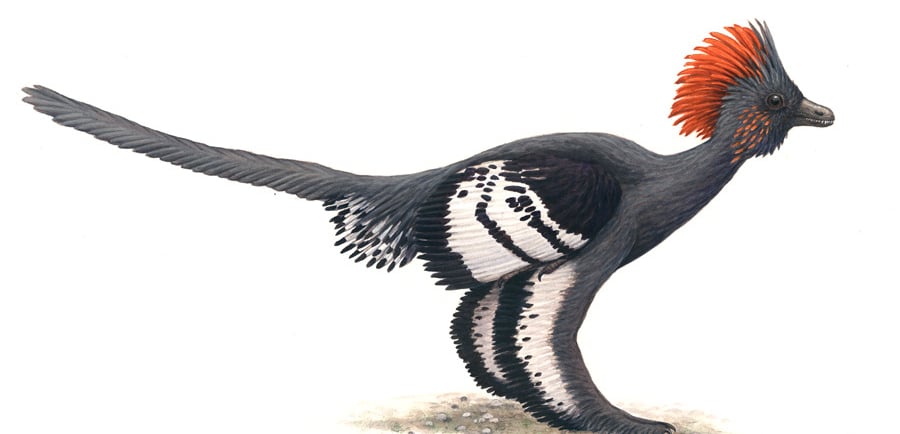Dinosaur Colours and Feathers: A Prehistoric Palette
Blog post description.
6/27/20251 min read


Dinosaur Colours and Feathers: A Prehistoric Palette
For decades, dinosaurs were portrayed as drab, lizard-like giants in shades of brown and green. But revolutionary discoveries over the past 15 years have completely transformed our understanding of how these ancient creatures actually looked—and the truth is far more spectacular than anyone imagined.
The Feather Revolution
The biggest revelation came from China's fossil beds, where perfectly preserved dinosaur specimens revealed intricate feather structures. These weren't just simple fuzzy coverings—many dinosaurs sported elaborate plumage that would make a peacock jealous.
Sinosauropteryx, a small raptor-like dinosaur, was the first to have its colours scientifically determined. Scientists discovered it had a rusty red coat with dark and light stripes across its tail. Anchiornis, another feathered dinosaur, was jet black with distinctive white wing patches—essentially a prehistoric magpie.
The famous Borealopelta, though not feathered, surprised researchers with its reddish-brown colouring and counter-shading pattern, darker on top and lighter below, suggesting it used camouflage despite being heavily armored.
How We Know
Scientists can determine dinosaur colours by studying melanosomes—tiny structures in fossil feathers and skin that once contained pigments. Different shapes and arrangements of these melanosomes correspond to different colours and patterns. Black melanosomes are elongated, while those producing browns and reds are more spherical.
This same technique revealed that some dinosaurs had iridescent feathers, like modern hummingbirds. The four-winged Microraptor likely shimmered with blue-black iridescence as it glided through Cretaceous forests.
Why Feathers and Colours?
Feathers originally evolved for insulation and display, not flight. Many dinosaurs used their colourful plumage for the same reasons modern birds do—attracting mates, intimidating rivals, and communicating with their own species. Some may have used camouflage for hunting or hiding from predators.
The next time you see a cardinal or peacock, remember that you're looking at living dinosaurs—and their prehistoric relatives were just as vibrant and diverse in their appearance as the birds we see today.
